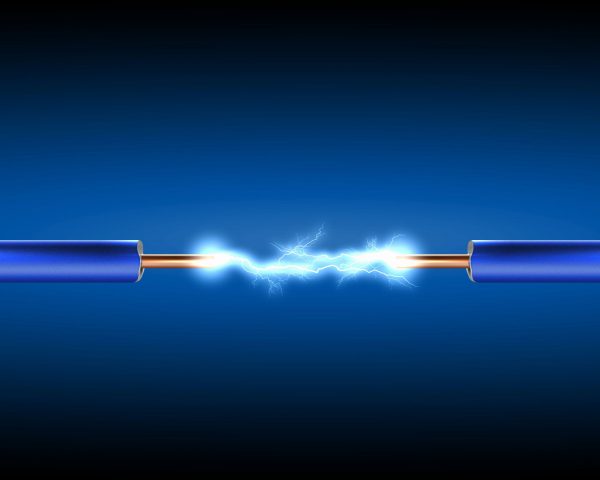When a conductor is placed in a magnetic field, the charge carriers are deflected by the magnetic field’s action on the conductor body. The Hall effect is the name given to this action and is one of the most frequent methods for measuring magnetic fields. American scientist Edwin Hall discovered the Hall effect in 1879, according to the American Physical Society, but it was not until decades later that integrated circuits could take full advantage of this phenomenon. Keep reading for a quick overview of the Hall effect.

How Exactly Does the Hall Effect Work?
It’s possible to detect current with high accuracy using Hall effect current sensors. The working theory of the Hall effect sensor stipulates that when a conductor or semiconductor with current flowing in one path is introduced perpendicular to a magnetic field, it can detect a voltage at right angles to the current channel. An external magnetic field activates these Hall effect current sensors. The sensor detects an increase in magnetic flux density when there is an increase in a predetermined threshold near it. It then generates an output voltage, also known as a Hall voltage, as a result.
What Are the Advantages of Hall Effect Sensors?
Hall effect sensors can detect DC and AC current, are they suitable for various sensor applications, including position sensing, speed sensing, and direction sensing. The lack of moving parts in solid-state devices makes them impervious to wear and tear, and they do not require much in the way of upkeep. They are also sturdy and impervious to shock, dust, and water, so they can work in outdoor settings.
It depends on the design, but Hall Effect sensors can often measure in the high kHz range whereas traditional CTs are often limited to 1 kHz or lower.
Hall Effect sensors can either be “closed-loop” or “open-loop”. Closed-loop circuits have a feedback loop that increases accuracy, but also increases cost. Closed-loop Hall Effect sensors can be extremely accurate, with as little as 0.1% error; open-loop Hall Effect sensors typically have an error closer to 1 – 3%. Most split-core Hall Effect sensors are open-loop. Many solid-core Hall Effect sensors are closed-loop. However, it’s important to understand that closed-loop is not the same thing as solid-core; in fact, Aim Dynamics also distributes closed-loop split-core Hall Effect sensors.
What Are the Drawbacks of Hall Effect Sensors?
Though they are durable and useful in different applications, there are some limitations of the Hall effect sensors. They cannot measure current flow if the current is more than about 10 centimeters away. Tying the sensor to magnetic core, e.g. a CT, can solve this problem. A magnetic core can also help reduce the influence of external magnetic fields.
Because the presence of a magnetic field is the primary factor that determines whether Hall effect sensors respond, any object that can have a magnet attached to it has the potential to function as a Hall device.
Hall Effect sensors require external power to operate; they are not passive devices like traditional CTs. This can make installation more complicated. In addition, in order to operate bidrectionally they usually require two power supplies (a positive and a negative voltage rail).
To learn more about the power monitoring products Aim Dynamics offers, take a look at our website. You can find information about Hall effect sensors and more! Call today to place an order with us.




